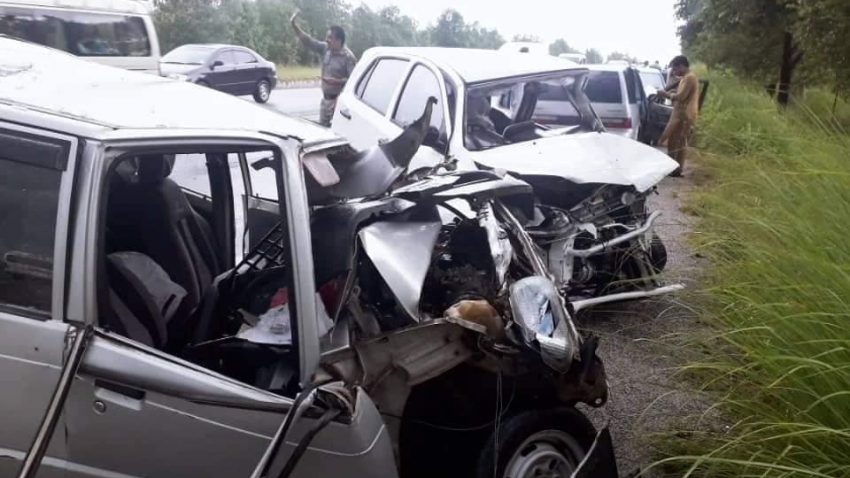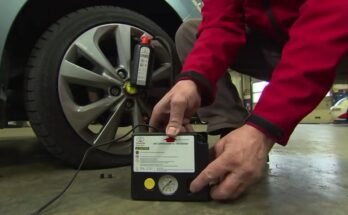Speeding is a common practice among drivers around the world. It may seem thrilling and exhilarating to push the accelerator to its limits, but the dangers associated with overspeeding cannot be ignored. Excessive and inappropriate speeds lead to a higher risk of accidents, injuries, and fatalities on the roads.
The operating speed of a vehicle is influenced by various factors such as driver psychology, the alignment of the road, and road conditions. Research has shown that high speeds reduce the control that drivers have over their vehicles, making it harder to react to unexpected situations on the road. Additionally, the impact of high speed on road safety has been confirmed by numerous studies. These studies have found that the greater the absolute speed, the higher the accident rate and the severity of accidents.

One of the factors that motivate drivers to exceed the allowed speed limits, despite being aware of the risks, is the belief that it can save them time or that it is safe to drive slightly above the speed limit. However, such beliefs are based on prejudices and cognitive biases, which can increase the risk of accidents and reduce braking ability. Effective speed management is crucial for ensuring road safety. Speeding not only jeopardizes the safety of the driver but also poses a threat to other road users. Speeding not only puts the driver’s life at risk but also endangers the lives of others on the road.
Related: The Future of Car Safety
Driving at controlled speeds within the specified limits has numerous advantages. First and foremost, driving within the speed limit allows for better vehicle control. Drivers have more time to react to potential hazards on the road, such as pedestrians crossing or vehicles suddenly stopping. Driving at controlled speeds also reduces the stopping distance, giving the driver more time to brake safely in case of any emergencies. Furthermore, driving at controlled speeds improves fuel efficiency and reduces the environmental impact of driving. Driving within the speed limit also helps in reducing noise pollution and air pollution, contributing to a healthier and more sustainable environment. Moreover, driving at controlled speeds promotes a smoother traffic flow, reducing the likelihood of congestion and traffic jams.

In addition to the safety benefits, driving at controlled speeds also has economic advantages. For instance, when drivers adhere to speed limits, they are less likely to receive speeding tickets (challans) and incur fines. This can result in significant cost savings for drivers in the long run. Additionally, driving at controlled speeds reduces the wear and tear on the vehicle, leading to lower maintenance and repair costs.
Related: When to Use High-Beam and Low-Beam Headlights
Speed management is also a crucial aspect of road safety that aims to limit the negative effects of excessive and inappropriate speeds. It involves implementing various measures to reduce the incidence of driving too fast for the prevailing conditions and maximizing compliance with speed limits. These measures can include traffic calming techniques, such as altering road layouts and implementing physical or legal modifications to improve safety for all road users. Incorporating effective speed management strategies can significantly improve the safety and efficiency of our road networks.

In conclusion, there is no question that speeding has its hazards. It can cause serious injury and can even lead to death. However, when driving is done responsibly and within the speed limit, there are many benefits. Not only can it help to reduce the risk of accidents, but it can also help to reduce the stress levels of the driver and improve fuel efficiency.
Related: The Importance Of Wearing Seat Belts – Why Should You Buckle Up?
The choice to drive properly rests ultimately with the individual and their sense of social and personal responsibility, however, to protect everyone else’s safety on the roads, authorities must be proactive in stopping reckless driving and penalizing violators.

I don’t eat, sleep or dream of cars, I am just someone who loves to see, think & write about cars. I love Ferrari in Pink but they won’t make one for me. I use X to write my full name, but that doesn’t mean I’m inspired by Altis X, in fact, my dad hates it 😀 Btw I’m an occasional writer so don’t expect too much from me 🙂




